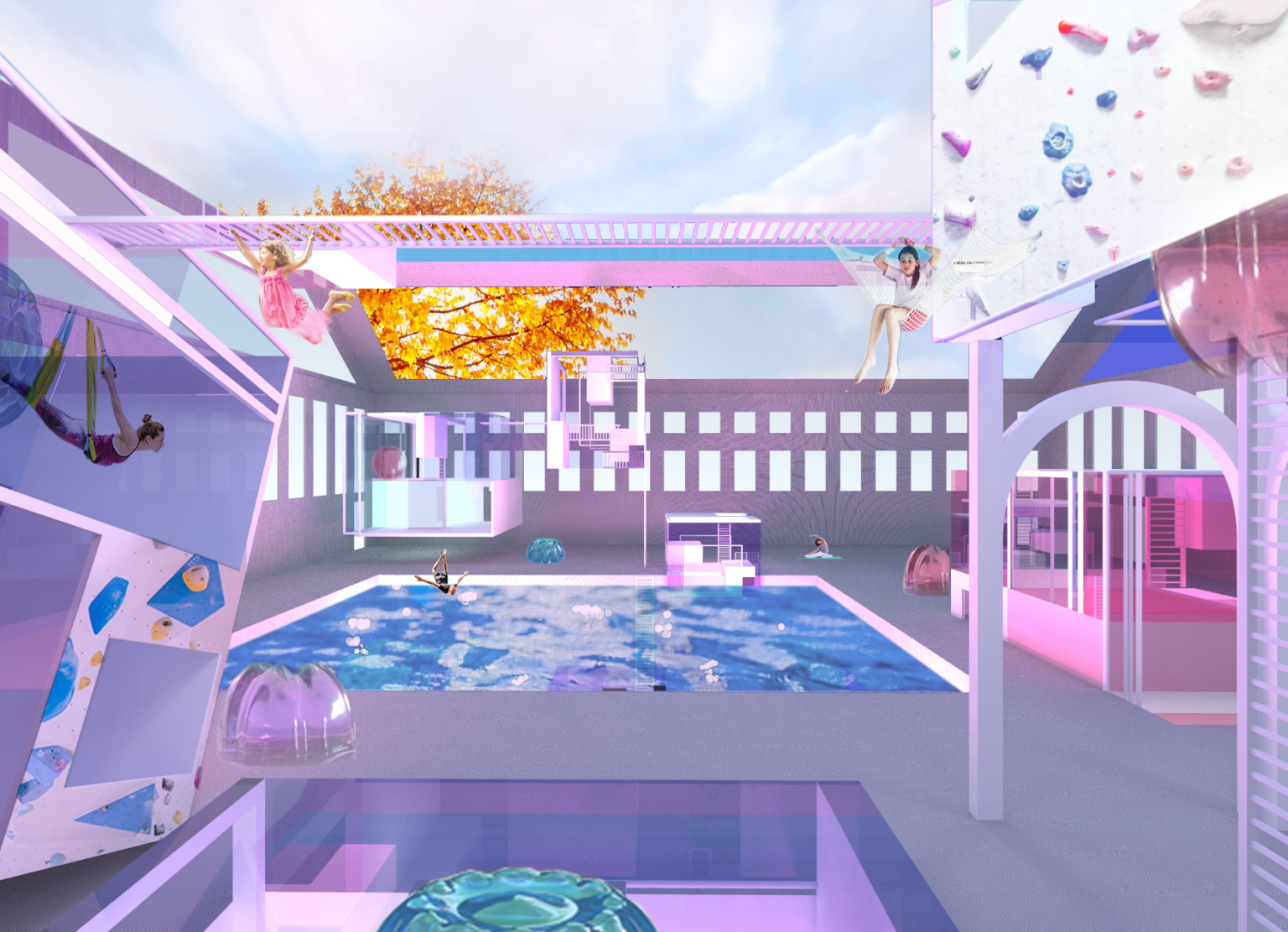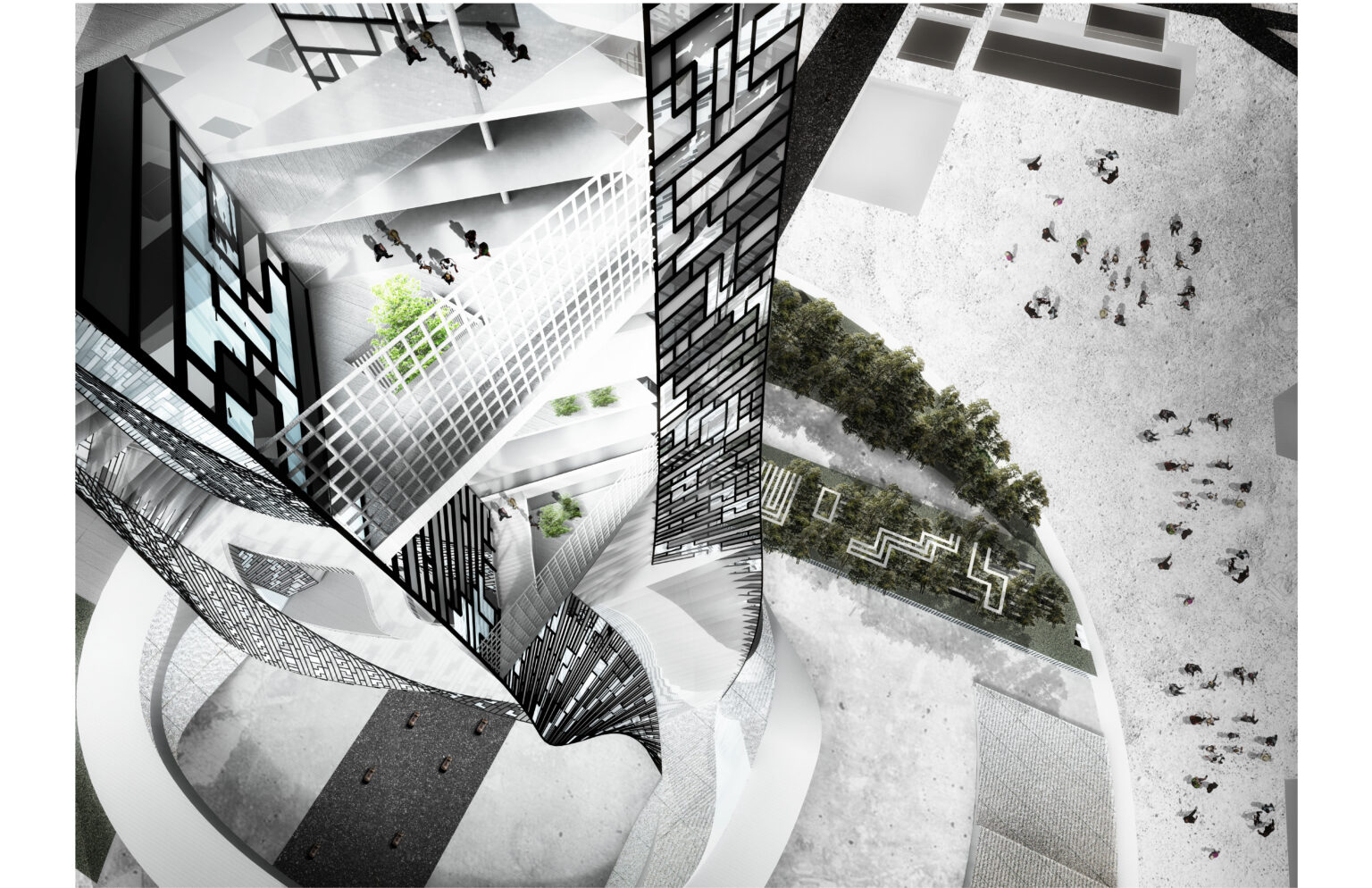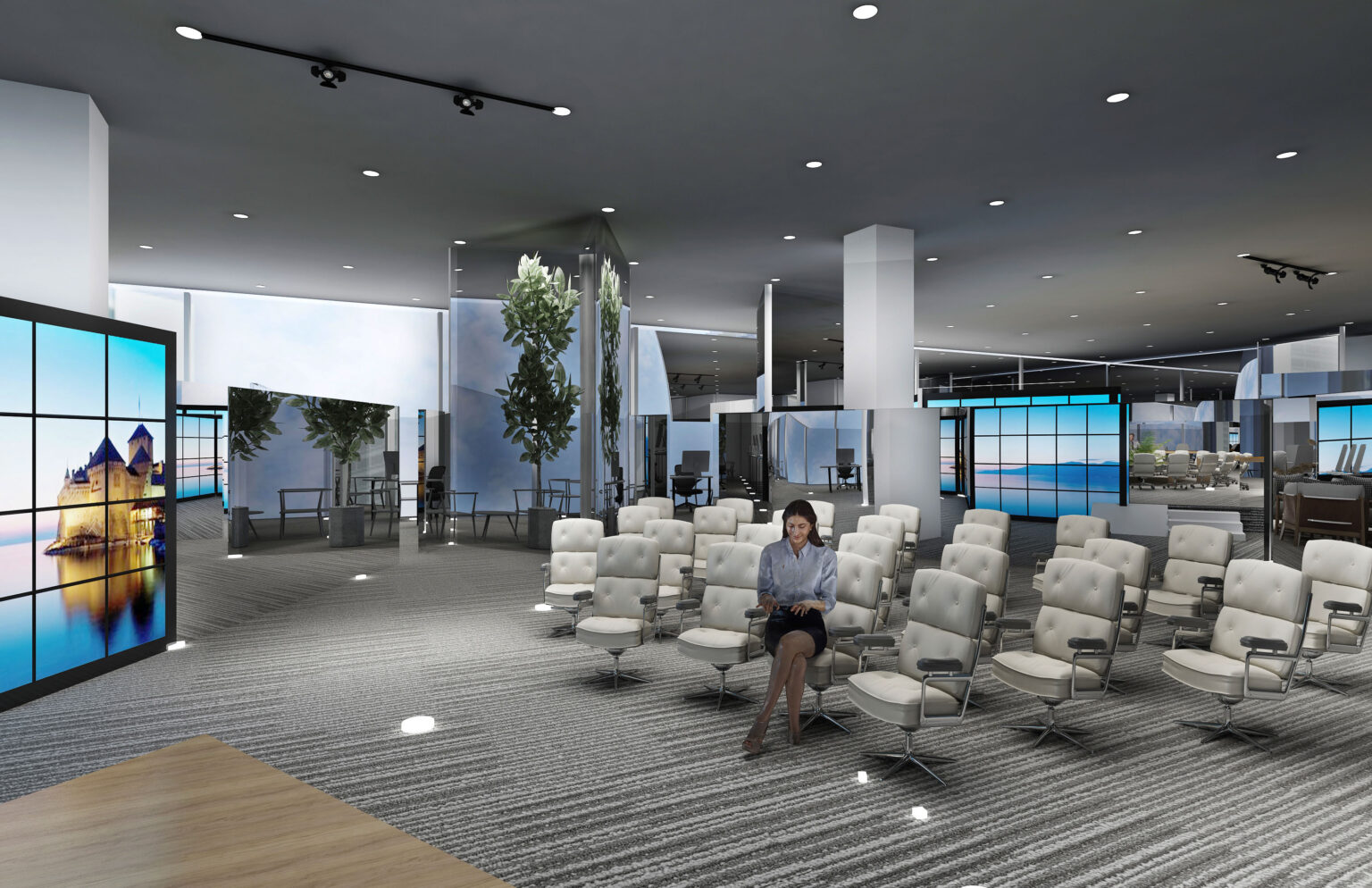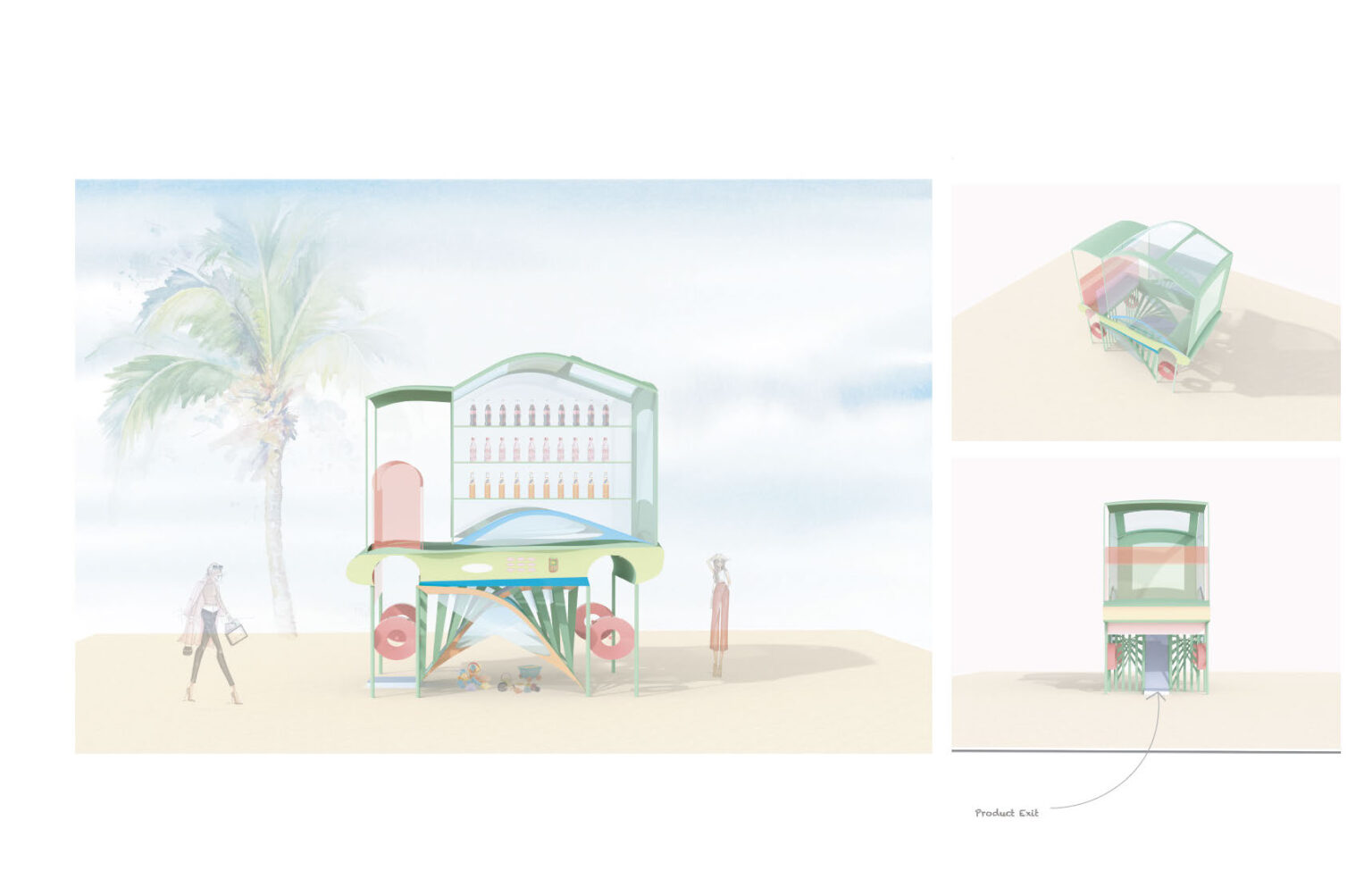Jingyi Liu Portfolio
Jingyi Liu
Artist Statement
Growing up in Beijing and New York, I have observed that urban living conspicuously excludes less privileged groups. Because visual structures and boundaries are the most direct and tangible indication and cause of urban exclusion, I hope to resolve this social issue through architectural design.
After numerous spatial experimentations at Pratt Institute’s Interior Design Program, I decided to
specialize in providing adjustable and multifunctional spaces to meet the needs of minority occupants.
In exploring multifunctional design for less privileged groups, I have thus far focused on architectural systems that provide accessibility and support. In a studio project, for instance, I developed a system of flute-sectioning structure, which simultaneously provides programatic separation and a tactile orientational code for persons with visual impairment. Moreover, I interned at Memorial Sloan Kettering Cancer Center to learn the standards and construction processes for the development of accessories in hospital. This experience helped me to understand the application of customized support in real life, further informing my practice in designing inclusive spaces."
In my experiments with adjustable architectural design that promotes inclusion, I have so far largely focused on giving occupants control over their physical environment. In an office design project for the United Nation’s Division for Inclusive Social Development (UNDISD), for example, I proposed a “Plug-In Devices” system in which all structural components are turned into a grid, allowing partitions and devices to be plugged in and detached. This enables occupants to construct their own need-based spaces, making the UNDISD office a prime model for inclusivity.
In regard to my career development, I want to use New York City as a platform to continue my research on the multifunctional and adjustable design for minority groups. I have initiated a project called “Hanger House” on the lower east side, which I intend to use as a starting point for my career. Ultimately, I hope to propose an architectural sequence that can inform strategies on inclusive design in all urban cities, and further investigate multifunctional and adjustable architecture to accommodate minority groups and contribute to urban diversity and inclusion.
After numerous spatial experimentations at Pratt Institute’s Interior Design Program, I decided to
specialize in providing adjustable and multifunctional spaces to meet the needs of minority occupants.
In exploring multifunctional design for less privileged groups, I have thus far focused on architectural systems that provide accessibility and support. In a studio project, for instance, I developed a system of flute-sectioning structure, which simultaneously provides programatic separation and a tactile orientational code for persons with visual impairment. Moreover, I interned at Memorial Sloan Kettering Cancer Center to learn the standards and construction processes for the development of accessories in hospital. This experience helped me to understand the application of customized support in real life, further informing my practice in designing inclusive spaces."
In my experiments with adjustable architectural design that promotes inclusion, I have so far largely focused on giving occupants control over their physical environment. In an office design project for the United Nation’s Division for Inclusive Social Development (UNDISD), for example, I proposed a “Plug-In Devices” system in which all structural components are turned into a grid, allowing partitions and devices to be plugged in and detached. This enables occupants to construct their own need-based spaces, making the UNDISD office a prime model for inclusivity.
In regard to my career development, I want to use New York City as a platform to continue my research on the multifunctional and adjustable design for minority groups. I have initiated a project called “Hanger House” on the lower east side, which I intend to use as a starting point for my career. Ultimately, I hope to propose an architectural sequence that can inform strategies on inclusive design in all urban cities, and further investigate multifunctional and adjustable architecture to accommodate minority groups and contribute to urban diversity and inclusion.




